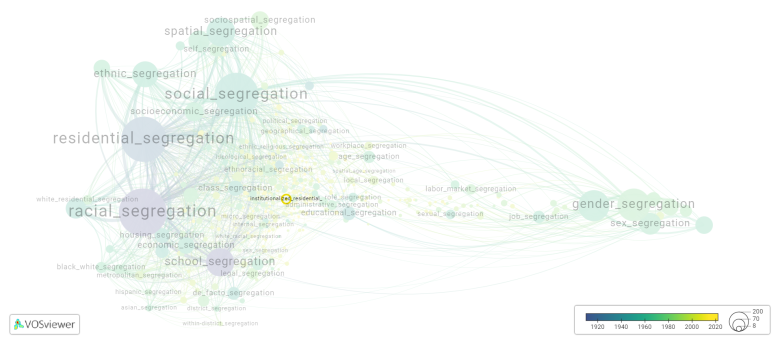Institutionalized residential segregation
Date and country of first publication[1]
2021
United States
Definition
Institutionalized residential segregation refers to the practice of creating and maintaining separate residential areas for different racial or ethnic groups through policies, laws, and practices implemented by government bodies and other institutions. This form of segregation can be seen in practices like redlining, which denied housing opportunities to minority groups, or the creation of racially restrictive covenants that prevented non-white individuals from buying or renting properties in certain neighborhoods.
Institutionalized residential segregation has had significant and lasting impacts on marginalized communities, leading to unequal access to opportunities, resources, and quality of life. It has also contributed to the persistence of racial disparities in areas such as education, income, and health outcomes.
Efforts to address institutionalized residential segregation typically involve policy changes, community organizing, and advocacy to dismantle discriminatory practices and promote fair and inclusive housing opportunities for all individuals.
See also
Related segregation forms
Institutionalized residential segregation is frequently discussed in the literature with the following segregation forms:
This visualization is based on the study The Multidisciplinary Landscape of Segregation Research.
For the complete network of interrelated segregation forms, please refer to:
References
Notes
- ↑ Date and country of first publication as informed by the Scopus database (December 2023).
Institutionalized residential segregation appears in the following literature
Brown E.M.L. (2021). Why Black Homeowners are More Likely to be Caribbean American than African American in New York: A Theory of How Early West Indian Migrants Broke Racial Cartels in Housing. American Journal of Legal History, 61(1), 3-36. Oxford University Press.https://doi.org/10.1093/ajlh/njaa033

